Edgar Cervantes / Android Authority
For years, many of us have gone directly to the big carriers for phone service. But with rising costs and the gradual disappearance of extras like streaming perks, is it time to consider an alternative? While it’s true that Verizon, AT&T, and T-Mobile control the only three mobile networks with wide national coverage, there are plenty of other carriers that piggyback off this same infrastructure.
These providers can offer much cheaper alternatives to traditional postpaid plans, yet you’ll still find many of the same features, as the gap between prepaid and postpaid continues to shrink. While there are dozens of great prepaid carriers highlighted in our best carrier guide, I wanted to focus on just four that I tend to recommend over postpaid.
The best Verizon alternative: Visible
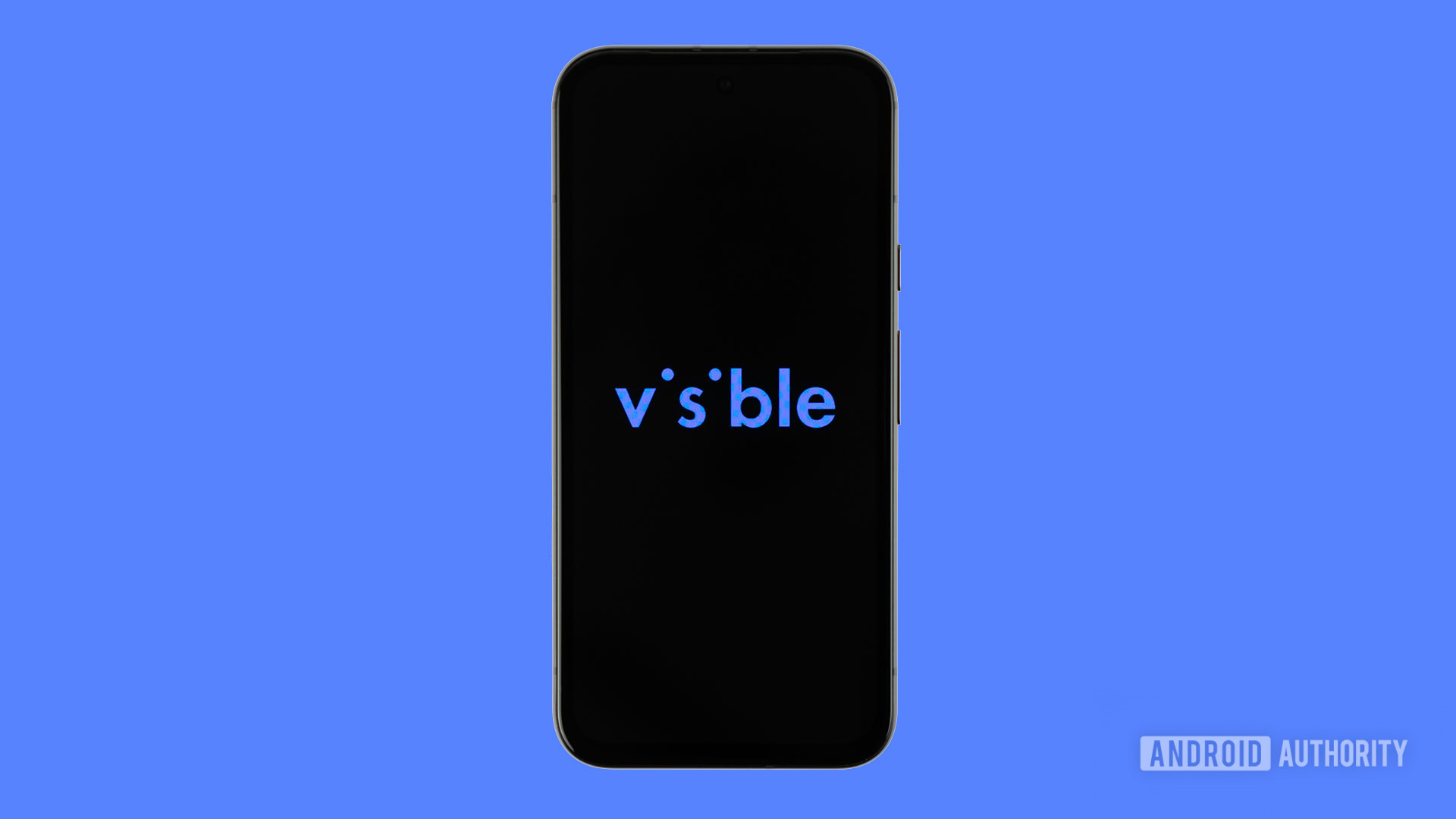
Edgar Cervantes / Android Authority
While there are several decent Verizon alternatives, Visible is my top recommendation if you want to use Big Red’s network and are looking for truly unlimited data. The only real downside is that Visible requires a bit more self-setup and troubleshooting than some other carriers on this list. I usually only recommend it to people who are at least somewhat tech-savvy, don’t mind looking up help online, or have a friend or family member who can help if needed.
What you’ll love about Visible
- Priority access with Visible Plus: The base plan includes deprioritized data, but the Visible Plus and Plus Pro plans offer the same prioritization level as Verizon’s postpaid service. The carrier makes a few other changes that can potentially lead to slightly slower speeds than postpaid Verizon, but the difference will be virtually unnoticeable in most cases.
- Big savings with annual pricing: Visible’s pricing ranges from $25–$45 a month, which is already cheap, but you can save up to an additional $90 per year with an annual plan.
- Truly unlimited data with hotspot access: All plans include unlimited data and hotspot usage (hotspot will see usable but throttled speeds).
- Free smartwatch service for Plus Pro members: Add a compatible smartwatch to your account at no additional cost.
- Taxes and fees are included: What you see is what you pay — no hidden charges.
What are the potential downsides?
- Deprioritization on the base plan: If you’re on the base plan, you’ll likely notice speed slowdowns in high-traffic areas. It’s generally fine for light use or backup phones, but might frustrate heavier users.
- Online-only support: Visible doesn’t have physical stores or phone support. All customer service is handled through the app or website, which may be a barrier for some.
How do its features stack up against the big three carriers?
- Value: You’ll find better value with Visible. The big three can’t really compare — Visible is one of the best value picks for unlimited data out of any carrier, including the prepaid competition.
- Phone selection and deals: The big three win here, but Visible still has solid offers from time to time and has recently offered deep discounts on Pixel phones.
- Payment and protection plans: Similar to the big three. While the big three hold a slight edge, financing is available through Affirm, and Visible Protect offers device insurance.
- Perks and extras: The big three lead by a lot. Visible is all about the basics, so you won’t find many extras. The base plan includes a $5 monthly discount for Verizon 5G Home Internet and unlimited calls/texts to Canada and Mexico. Plus adds international calling features and a $10 discount on 5G Home Internet. Plus Pro also improves its international roaming features and adds unlimited talk, text, and data in Mexico and Canada.
- Data allotments and priority: Actually better with Visible for the price. All plans offer truly unlimited data. Plus and Plus Pro even give you unlimited high-priority data each month, which is more or less on par with Verizon postpaid plans, and yet you’ll still pay much less!
- Customer service: The big three are better here. Agents are generally helpful, but the lack of phone or in-person support can be a drawback for some users.

Visible – Plans starting at $25 a month for a limited time!
Aiming to simplify and reduce the costs of mobile connectivity, Visible by Verizon is a simplified carrier that offers limited plans, no hidden fees, and connectivity to the Verizon network.
Best T-Mobile alternative: Google Fi
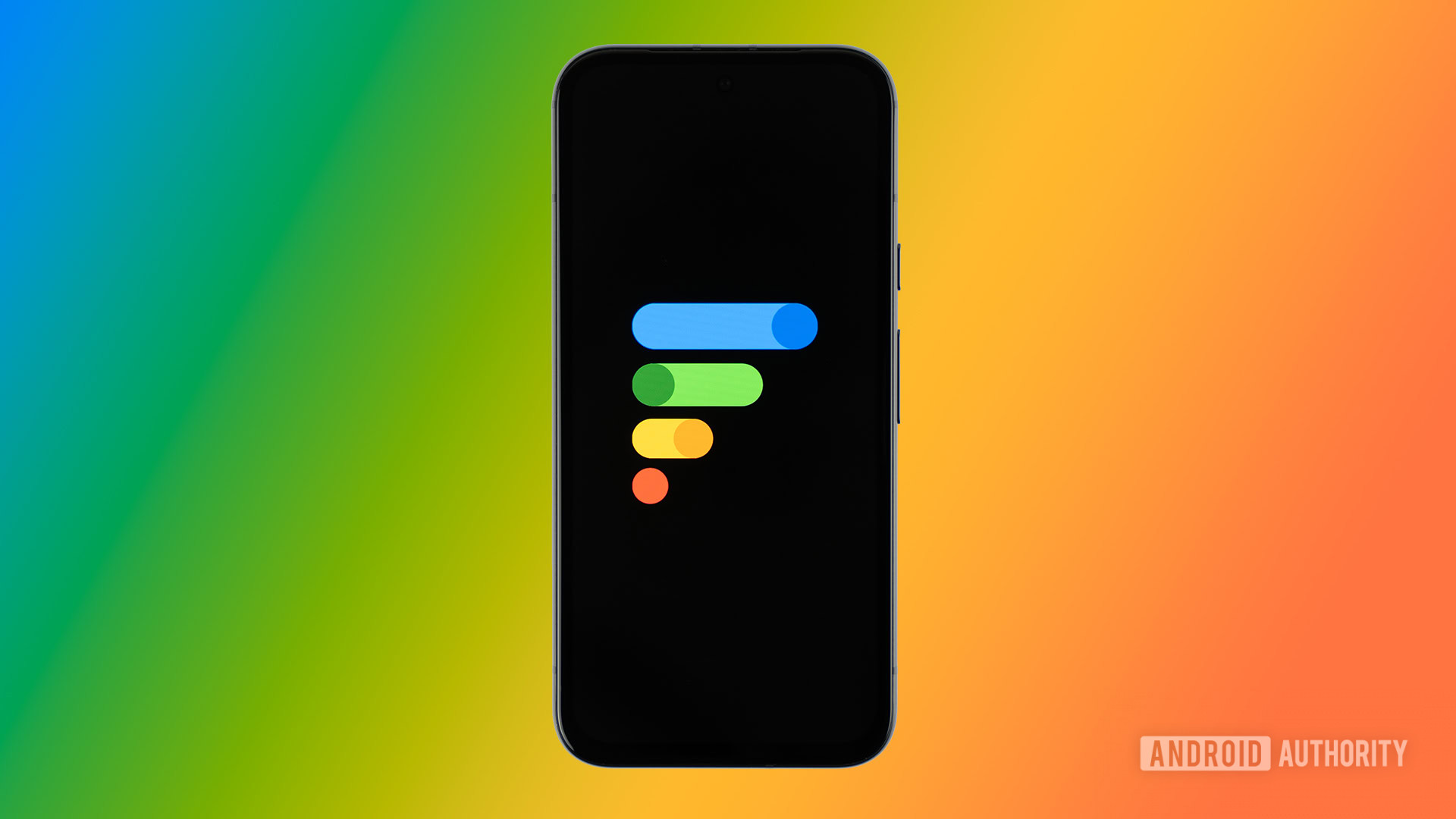
Edgar Cervantes / Android Authority
- Partner network: T-Mobile
- Price range: $20–$65 per month, or $17–$40 for 4 or more lines
Google Fi Wireless is one of my personal favorites, especially now that its newest plans make it much more competitive. If you’re looking for an alternative to T-Mobile’s network that still gets the same priority level, you won’t find any real options outside of Google Fi. Even T-Mobile’s in-house brands like Metro and Mint use lower-priority data than its postpaid plans. Google Fi also excels with international features, offering better roaming perks than even the most expensive big three postpaid plans. Big families will appreciate that Google offers exceptional family discounts too, with rates dropping as low as $23 per month for the base unlimited package if you have five or more lines.
What you’ll love about Google Fi
- Best-in-class international benefits: Unlimited Premium includes free international data in over 200 countries. Even the Flexible plan, which charges $10/GB abroad, is cheaper than most postpaid travel options. (Note: Not all plans are designed with international travel in mind; for example, the Unlimited Essentials plan only offers data in the US.)
- Cheaper than postpaid: Unlimited data starts at $35/month—still less than postpaid and comparable to other premium-tier prepaid services. It’s arguably a better experience than both for some users.
- Excellent phone deals: Most prepaid carriers don’t offer great device deals, but Google Fi often has generous promotions, sometimes including free phones. The best deals tend to be for Google Pixel fans.
What are the potential downsides?
- Limited data: Google Fi has the best possible T-Mobile-based prioritization. In my experience, speeds are very comparable to postpaid T-Mobile service, but you’re limited to about 30–100GB of data depending on the plan. Go over, and the plan effectively shuts off your data—256Kbps is barely enough to check emails.
- No Apple phones sold directly: iPhones work great on Google Fi, but you’ll need to bring your own, as Google doesn’t sell them directly.
How do its features stack up against the big three carriers?
- Value: Google Fi is a better value. It can save you serious money over the big three while also offering some great perks like superior international roaming, but it’s pricier than some prepaid services.
- Phone selection and deals: Fairly close. Google Fi is very competitive here, even if it doesn’t offer Apple products. You’ll find a selection of Samsung and Google phones, including occasional free phone promotions.
- Payment plans: Similar, but carriers offer better insurance options. Google Fi offers zero-percent financing and free phone deals via bill credits, which is fairly close to the big three, even if the selection is a bit more limited. You’ll need third-party insurance, as Google Fi no longer offers its own device protection plan.
- Perks and extras: Fewer than the big three, but what’s there is solid. You’ll get impressive travel features, six months of YouTube Premium, and permanent extra Google One storage.
- Data and priority: Very similar. You’ll get high-priority unlimited data that’s essentially the same as postpaid T-Mobile service—yet you’ll pay less for it.
- Customer service: Not as good as the big three. While Google Fi offers decent customer service, the lack of in-store support and a recent decline in overall quality mean the big carriers still have a slight advantage.
The best AT&T alternative: Cricket Wireless
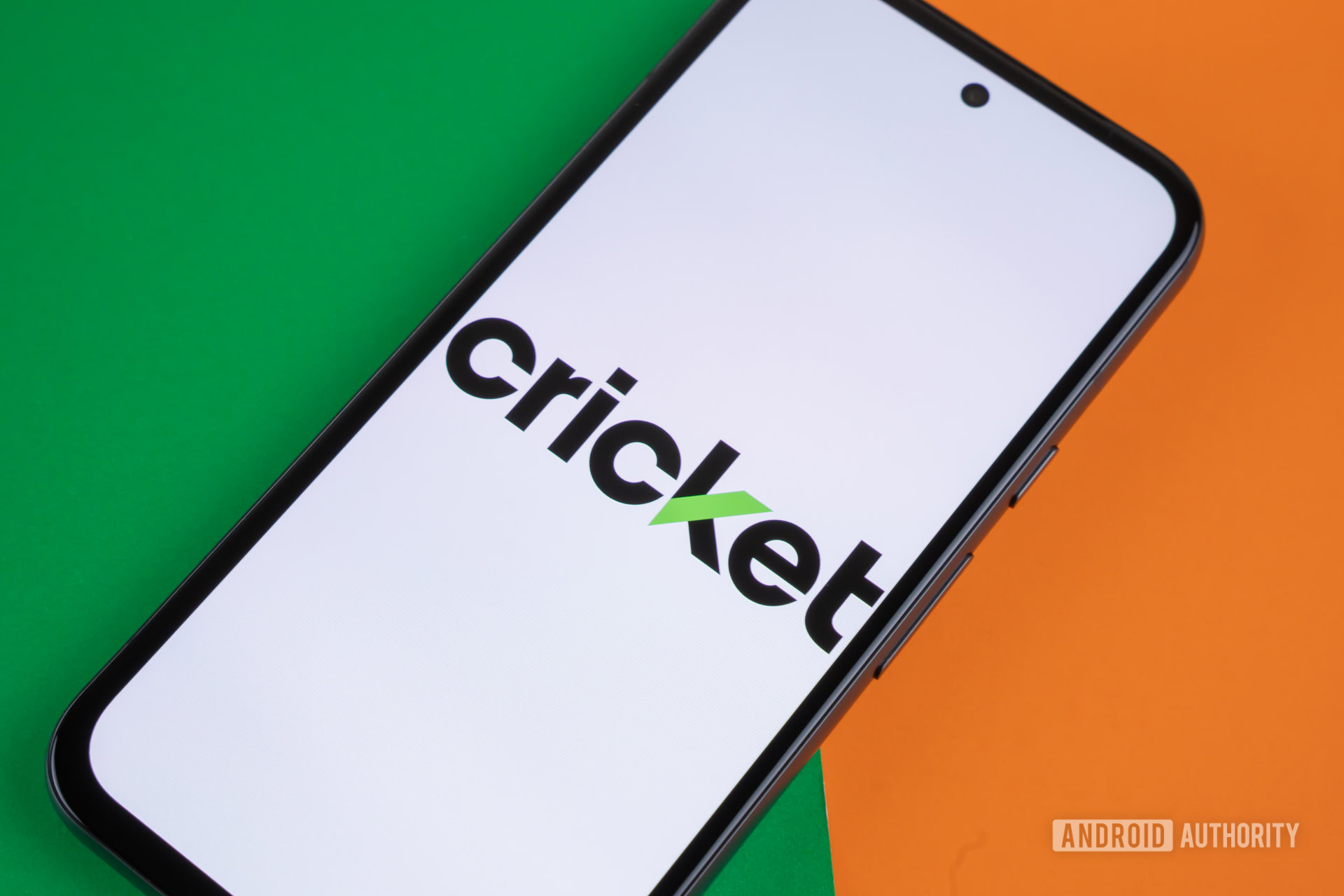
Edgar Cervantes / Android Authority
If you want AT&T’s network with the highest priority possible, Cricket is a safe choice. You’ll get the same service prioritization as AT&T’s base postpaid plans, and the carrier is actually owned by AT&T. Like Google Fi, Cricket feels a lot like a traditional carrier: you’ll find free phone offers, multi-line discounts, streaming perks, and many other extras you’d expect from a postpaid plan. While I personally haven’t used Cricket as my daily driver in four or five years, several family members (including my own mother) are quite happy with it.
What you’ll love about Cricket
- Feels like a traditional carrier: Cricket offers extras like streaming perks and discounted (sometimes free) phones on select plans, plus multi-line discounts.
- High priority on AT&T’s network: On select plans, you get the same service priority as AT&T’s mid-tier or higher postpaid plans. However, Cricket’s cheapest unlimited plan has lower priority, just like AT&T’s budget postpaid options.
- Brick-and-mortar locations: Especially important for those who are less tech-savvy and could use in-person help.
What are the potential downsides?
- A bit pricey for solo users: A single unlimited line starts at $55/month — or $60 if you want higher-priority data and 15GB of hotspot access. Multi-line discounts bring the lower-priority unlimited plan down to $25/month, and even the most expensive plan drops to $32.50 per line for four users. Remember, Cricket includes taxes in its pricing, but T-Mobile does not.
How do its features stack up against the big three carriers?
- Value: Cricket offers better value than postpaid — on some plans. You’ll usually save a little over postpaid, but there are small trade-offs in the overall experience.
- Phone Selection and Deals: More mid-range than the big three. Cricket often has free or cheap phones, but the catch is you’ll need to lock into the carrier for an extended period. There are also plenty of new customer deals and a wide phone selection, not that different from AT&T itself.
- Payment and Protection Plans: Similar to postpaid. Cricket Protect insurance starts at $8/month and offers free or low-cost fixes for your device, plus 16GB of free online photo/video storage. For payment plans, Cricket partners with Affirm.
- Perks and Extras: Actually pretty solid. Only T-Mobile now offers free streaming services, though Verizon still has discounted streaming perks. Cricket stands out, as its highest-end plan gives you the Max streaming service for free.
- Data Allotments and Priority: Matches or beats postpaid for the price. You get higher-priority AT&T service than AT&T’s cheapest prepaid and postpaid plans on select tiers. Many prepaid services cap their unlimited data and throttle you after, but Cricket offers truly unlimited data.
- Customer Service: Very similar to postpaid. With both brick-and-mortar and online/phone support, Cricket’s service is nearly equal to postpaid, at least based on my own and my family’s experience.

Cricket – plans starting at $30 a month
Looking for a postpaid alternative? Cricket Wireless feels a lot like one of the big carriers with free phone offers, multi-line discounts, and even streaming perks with select plans but with the potential to save big.
An alternative to the alternatives: US Mobile
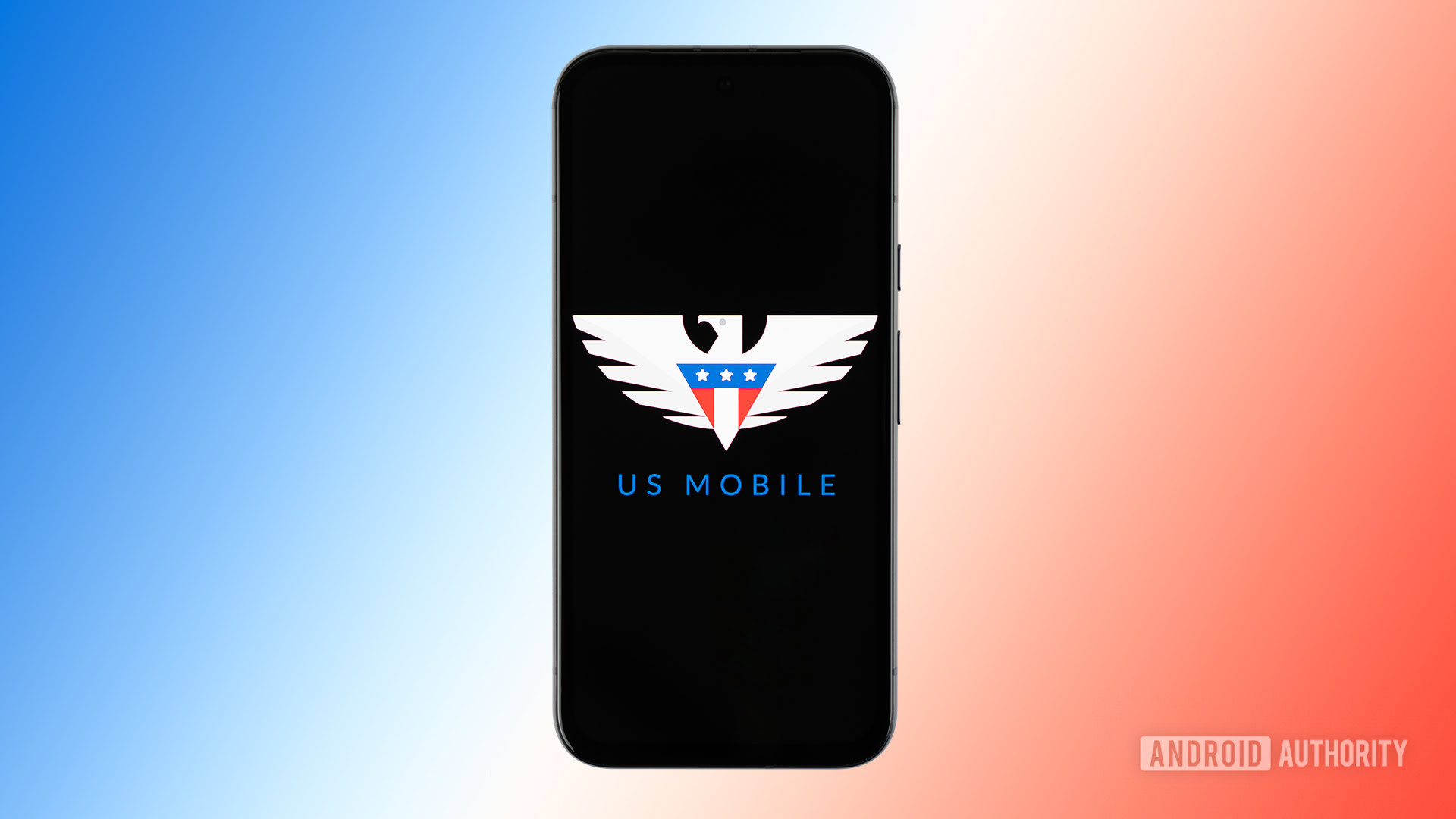
Edgar Cervantes / Android Authority
While I tend to recommend the three carriers above the most, they aren’t for everyone. In that case, US Mobile is often my next suggestion as a “best of all worlds” option. US Mobile is currently the only prepaid carrier in the US that not only offers service across all three major networks, but also lets you switch between them. (Red Pocket technically supports all three too, but US Mobile’s implementation is much more polished.)
Let’s break down what makes it stand out, where it falls short, and how it compares to postpaid options.
What you’ll love about US Mobile
- Some of the cheapest unlimited rates around: US Mobile’s Flex unlimited plan starts at just $17.50/month, but you’ll need to pay for a full year upfront.
- Blazingly fast Verizon and AT&T speeds: US Mobile has a unique relationship with Verizon, offering prioritization nearly comparable to postpaid Verizon and AT&T accounts — something we’ve personally verified.
- True network flexibility: Verizon typically provides the best experience for US Mobile customers, but it’s nice to be able to switch between AT&T and T-Mobile as needed. There’s even an optional add-on that lets you use two networks at once.
- Taxes and fees included in plan price: No surprises — it’s $17.50/month plan is similar to Mint’s 5GB plan (which doesn’t include taxes/fees).
What are the potential downsides?
- Deprioritization at peak times: Like most prepaid options, speeds can slow during peak times, especially on T-Mobile. However, these issues are rare if you stick to AT&T or Verizon.
- Customer service is usually good, but not perfect: Most customers are happy, but online reviews and Reddit occasionally mention delays with referral payouts, slower-than-promised feature rollouts, or gaps between announcements and execution. Fortunately, these issues are rare and don’t typically affect the majority of US Mobile users.
How do its features stack up against the big three carriers?
- Value: US Mobile is a better value overall. You’ll save a good amount over the big three.
- Phone Selection and Deals: Not as good — US Mobile mostly focuses on mid-range or budget devices, but you will find some flagships like the Google Pixel 9 series (sometimes with hefty discounts).
- Payment Plans & Insurance: Offers zero-percent financing via Affirm, but you’ll need third-party insurance—no in-house coverage.
- Perks: Not many streaming perks, but there are some nice extras: multi-line network support, a free smartwatch plan, and decent international features.
- Data & Priority: Nearly matches the big three. You won’t get high-priority data through T-Mobile, but select plans offer it through Verizon or AT&T.
- Customer Service: Not as robust — no brick-and-mortar stores, but responsive online and phone-based support.
Honorable mentions
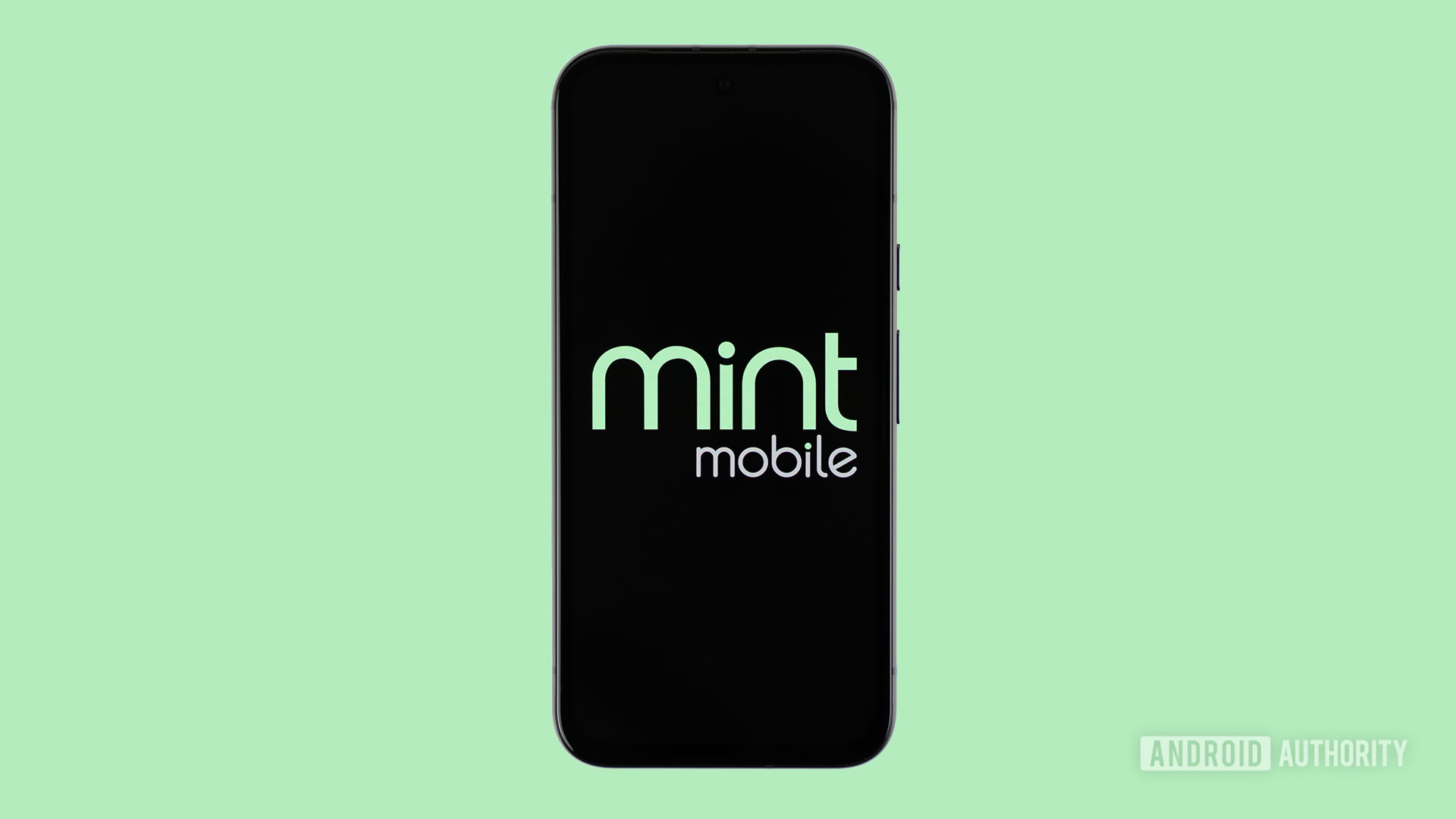
Edgar Cervantes / Android Authority
There are many solid choices in the prepaid world, and while the three carriers above are the ones I recommend most, it really depends on what you’re looking for. Here are a few other carriers I often suggest for specific types of users:
- Metro by T-Mobile: If you want a premium carrier that’s owned by T-Mobile directly, Metro could be worth a look. Just be aware you’ll get lower-priority data than you would with Google Fi or T-Mobile postpaid.
- Total Wireless: Total is owned by Verizon, just like Visible, but focuses more on family plans and premium features instead of low-cost single lines. There are also some physical stores, streaming perks with select plans, and more.
- Mint Mobile: Perfect if you’re looking for affordable, no-frills service on T-Mobile’s network and don’t mind lower priority levels or paying annually for the best rates.
- Tello: Great for those looking for a second line, like a senior who wants a backup for their landline, or for kids and teens who need basic service.
What if you live in an area where all three networks work well?
If network connectivity is solid across Verizon, AT&T, and T-Mobile, the game changes a bit. Here’s what I’d recommend:
- For value, simplicity, and reliability: Visible remains my top pick if you don’t care which network you’re on. Just remember, you’ll need to be a bit more hands-on with troubleshooting, or have someone to help you.
- If you want a traditional carrier feel: Consider Google Fi Wireless. You won’t get truly unlimited data, but pricing can be just as aggressive (especially for families), and you’ll find better customer service options plus slightly better perks.











